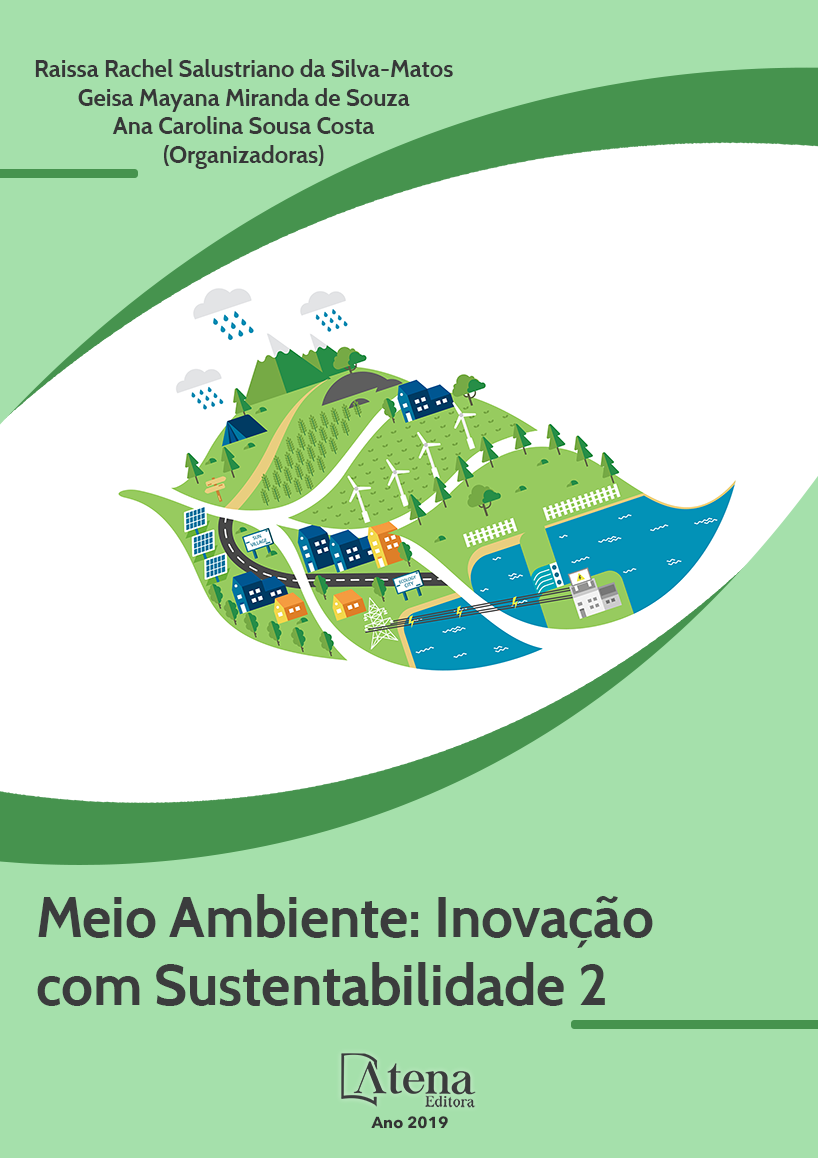
AVALIAÇÃO DO MÉTODO DE PENMAN-MONTEITH PARA ESTIMATIVA DA EVAPOTRANSPIRAÇÃO DE REFERÊNCIA NAS CIDADES DE CONCEIÇÃO DO ARAGUAIA E PLACAS NO ESTADO DO PARÁ
A evapotranspiração é um dos
principais componentes do balanço hídrico
e corresponde ao total de água perdida
pela superfície do solo no processo de
evaporação e também pelo dossel da planta
através da transpiração. Entre os principais
elementos que influenciam a ocorrência da
evapotranspiração é a disponibilidade de água
no solo; presença de vegetação; velocidade
do vento; radiação; temperatura do ar e
precipitação. A evapotranspiração pode ser
estimada por vários métodos empíricos, sendo
o recomendado pela FAO o método Penman-
Monteith. O objetivo desse estudo foi verificar
a eficiência do método de Penman-Monteith
(FAO) para a estimativa da evapotranspiração
de referência através das condições climáticas
das cidades Conceição do Araguaia e Placas
no estado do Pará. Os dados meteorológicos
utilizados foram obtidos das estações do
Instituto Nacional de Meteorologia (INMET)
durante o ano de 2016 nas cidades em estudo.
Os gráficos foram realizados utilizando o Excel
2010, expressos em mm dia-1 de acordo com
as recomendações das metodologias proposta
pelo o modelo Penman-Monteith. O método de Penman-Monteith (FAO) mostrou comportamentos similares, com exceção do mês de
dezembro que apresentou estimativas inversas, este método pode contribuir para o
crescimento da produção nas regiões de cultivo irrigado, pois apresenta eficiência nos
valores da evapotranspiração de referência sendo considerado o método padrão para
estimar ETo e apresenta superioridade comparando com outros métodos
AVALIAÇÃO DO MÉTODO DE PENMAN-MONTEITH PARA ESTIMATIVA DA EVAPOTRANSPIRAÇÃO DE REFERÊNCIA NAS CIDADES DE CONCEIÇÃO DO ARAGUAIA E PLACAS NO ESTADO DO PARÁ
-
DOI: 10.22533/at.ed.4611901109
-
Palavras-chave: condições climáticas, precipitação, temperatura
-
Keywords: climatic conditions, precipitation, temperature
-
Abstract:
Evapotranspiration is one of the main components of the water balance
and corresponds to the total water lost by the soil surface in the evaporation process
and also by the canopy of the plant through transpiration. Among the main elements
that influence the occurrence of evapotranspiration is the availability of water in the
soil; presence of vegetation; wind speed; radiation; air temperature and precipitation.
Evapotranspiration can be estimated by several empirical methods, the one
recommended by FAO being the Penman-Monteith method. The objective of this study
was to verify the efficiency of the Penman-Monteith (FAO) method for the estimation of
reference evapotranspiration through the climatic conditions of the cities of Conceição
do Araguaia and Placas in the state of Pará. The meteorological data used were obtained
from the stations of the Institute (INMET) during the year 2016 in the cities under study.
The graphs were performed using Excel 2010, expressed in mm dia-1 according to the
recommendations of the methodologies proposed by the Penman-Monteith model. The
method of Penman-Monteith (FAO) showed similar behavior, except for the month of
December that presented inverse estimates, this method can contribute to the growth
of the production in the regions of irrigated cultivation, since it presents efficiency in the
reference evapotranspiration values being considered the standard method to estimate
ETo and presents superiority comparing with other methods
-
Número de páginas: 15
- Luciana da Silva Borges
- Joaquim Alves de Lima Júnior
- Paulo Jorge de Oliveira Ponte de Souza
- Bianca Cavalcante da Silva
- Karen Sabrina Santa Brígida de Brito
- Wellington Leal dos Santos
- William Lee Carrera de Aviz
- Fabio Peixoto Duarte
- Valdeides Marques Lima
- Joycilene Teixeira do Nascimento
- Maria do Bom Conselho Lacerda Medeiros


